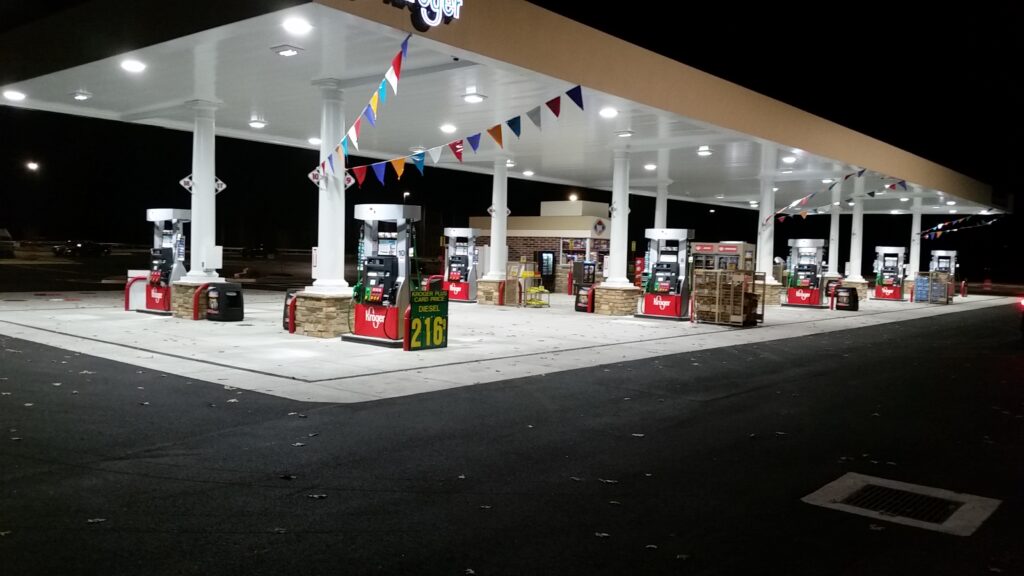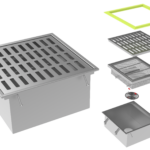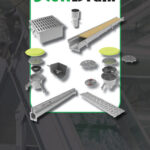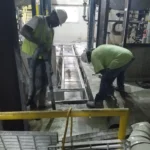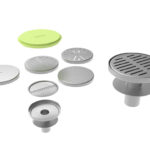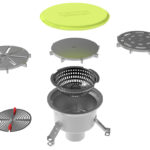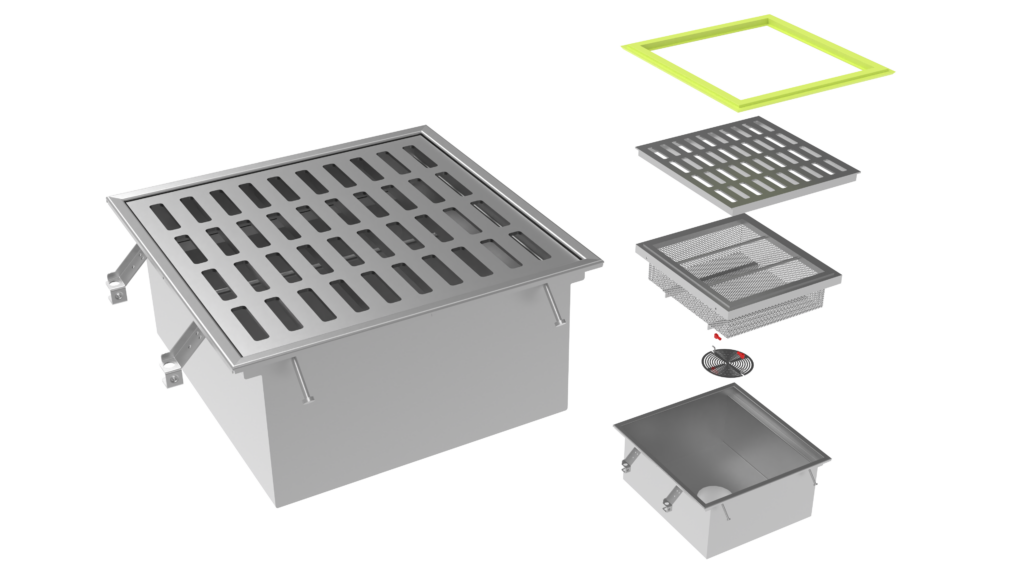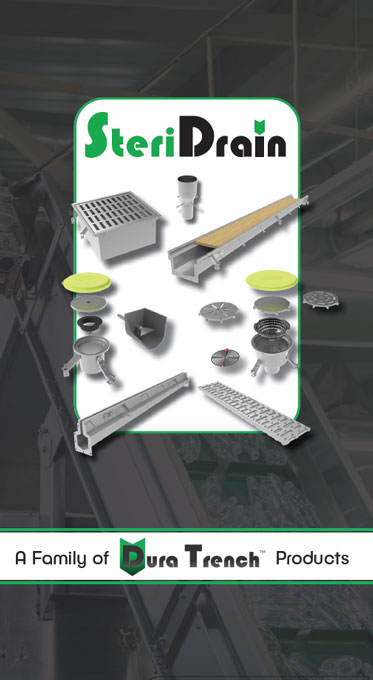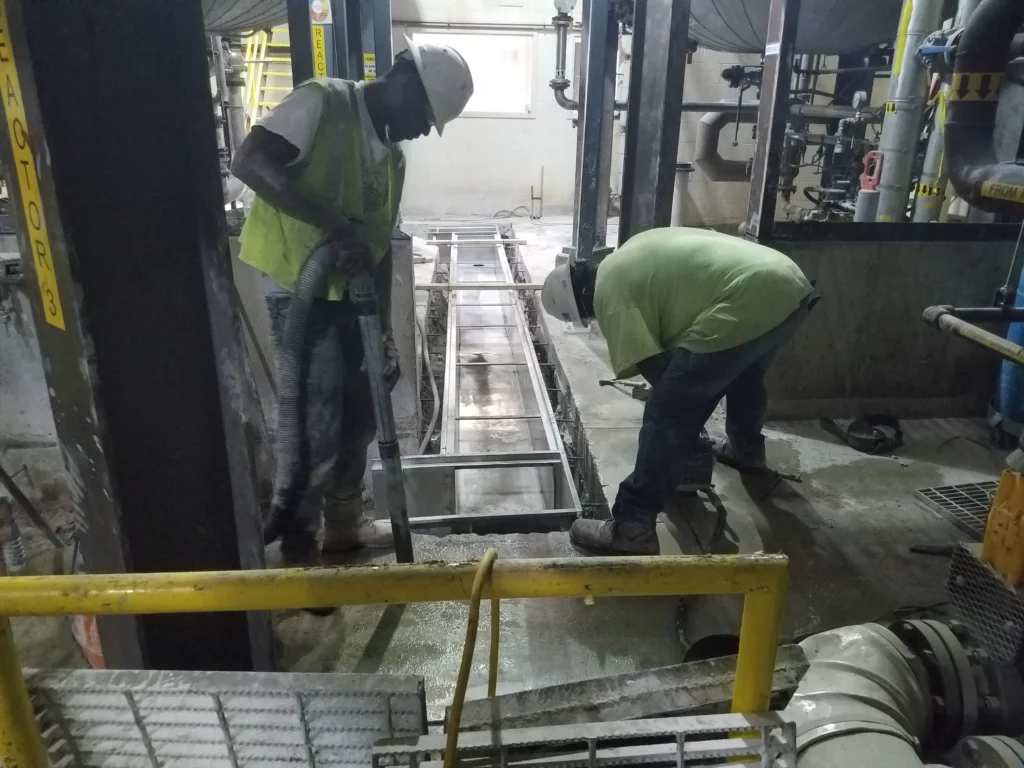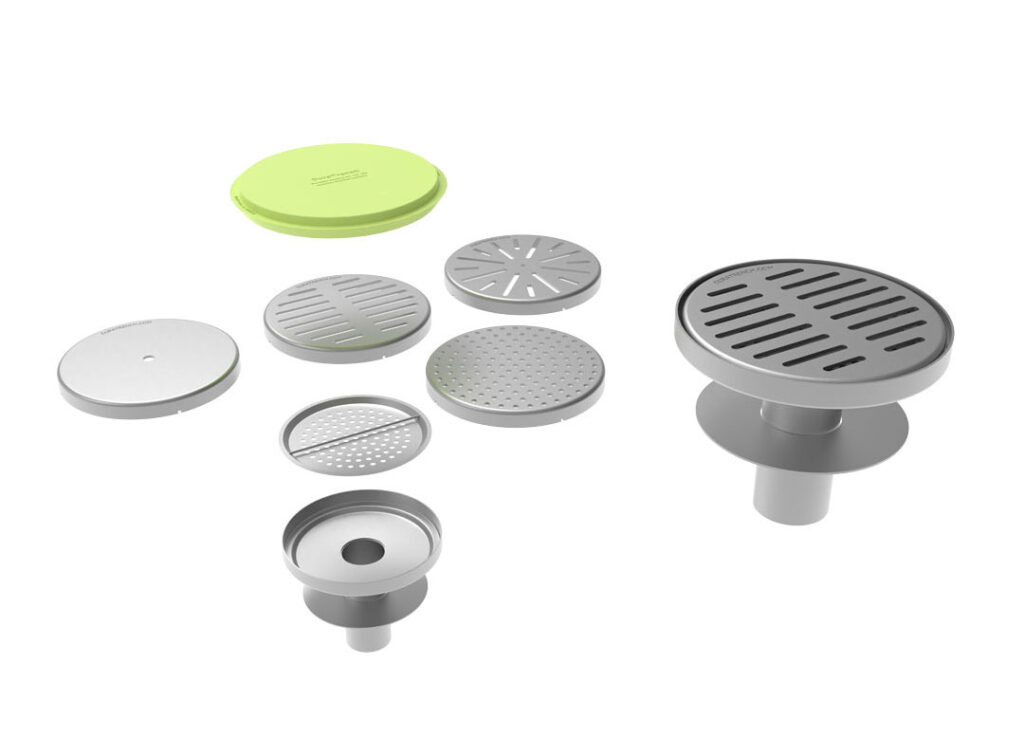Trench drains can last for years when cared for and maintained properly, but just like anything else, there comes a point when your trench drain will need to be replaced. Knowing what to do when you need to replace a trench drain can be hard if you have never experienced this situation before. Thankfully, there are some easy steps that you can take to make the process of replacing a trench drain a breeze.
Replacing a trench drain system can be a big undertaking, but it is sometimes necessary. Having an experience team working on your side can help to make sure that your replacement system holds up for years and works perfectly. This guide will help you to know more about the replacement process to ensure that you don’t end up with a drainage system that doesn’t suit your needs.
When to Replace Trench Drains and Their Components
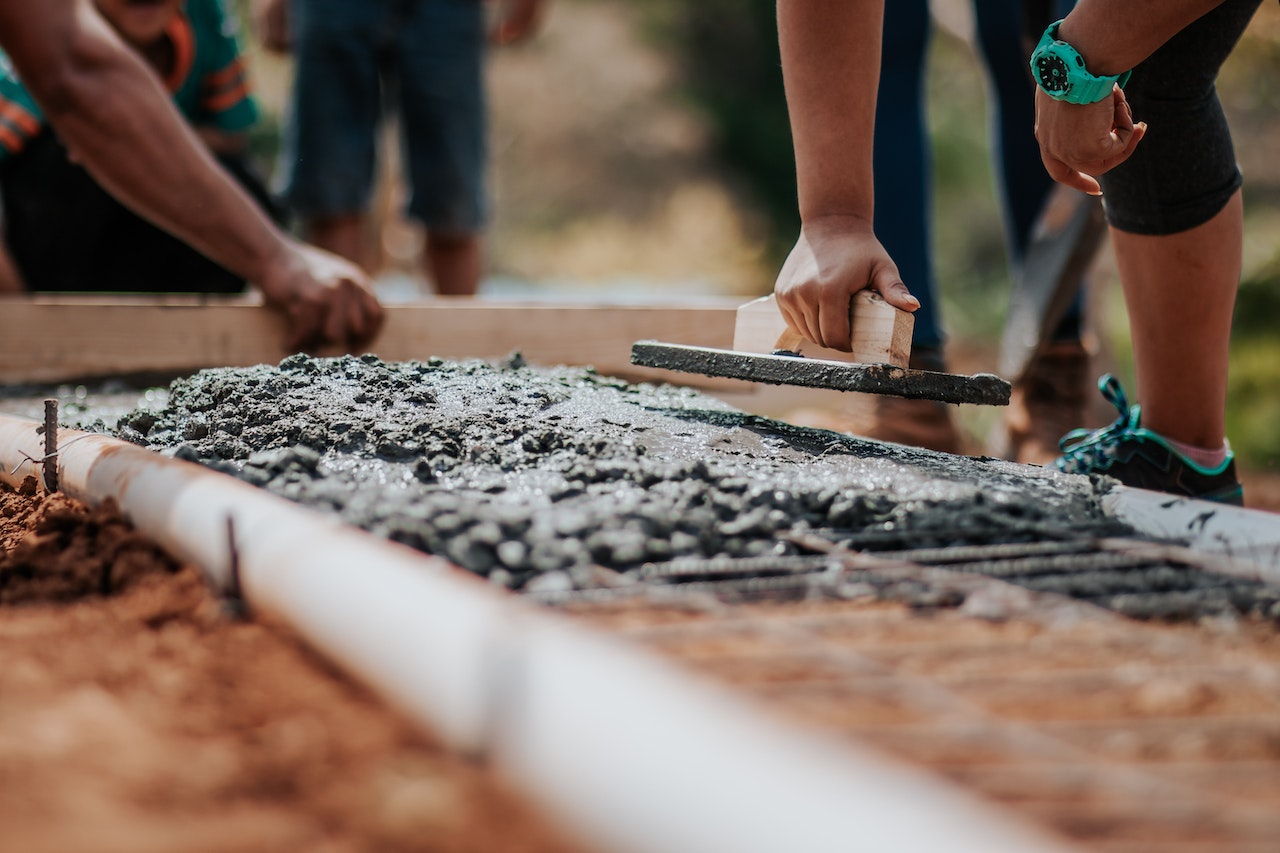
Often, trench drain grates are the component that fails first in a trench drain system. You need to be aware that if you do not replace your trench drain grates in a timely fashion, that you are exposing the drains under them to potential stress and damage.
You will need to make sure that you always keep your trench drain grates in good shape if you want to protect the longevity of your overall drainage solutions. You should also make sure that you don’t replace your entire drainage system when you just need to buy new trench drain grates to keep your drains safe and secure.
There are some common signs that your trench drain itself needs to be replaced. You should have an eye out for these issues, which can impact both residential and commercial drainage systems:
- Gurgling sounds can indicate that the drain is not venting properly.
- Slow drains are also a sign that something is blocking the trench drain or there is an issue that has undermined the trench itself.
- Soggy, smelly, or grassy areas around the trench drain can indicate that the drain has failed or has been undermined by vegetation.
- Foul odors can also be signs that your trench drain has failed and needs to be replaced or repaired.
- A sinking or squishing feeling when standing or driving over the trench can also be a sign that the trench itself has failed.
- Standing water in or around the trench can indicate that there is an issue that is blocking the flow of water.
Trench drains can fail for many reasons, from age, to poor maintenance, to problems with the soil or supports underneath the drain failing. You will need to be aware that you might have opened up your trench drains to this kind of risk if you have been neglecting them or if there have been significant changes to the soil or the foundations of the building that they are located in.
How to Replace Trench Drains
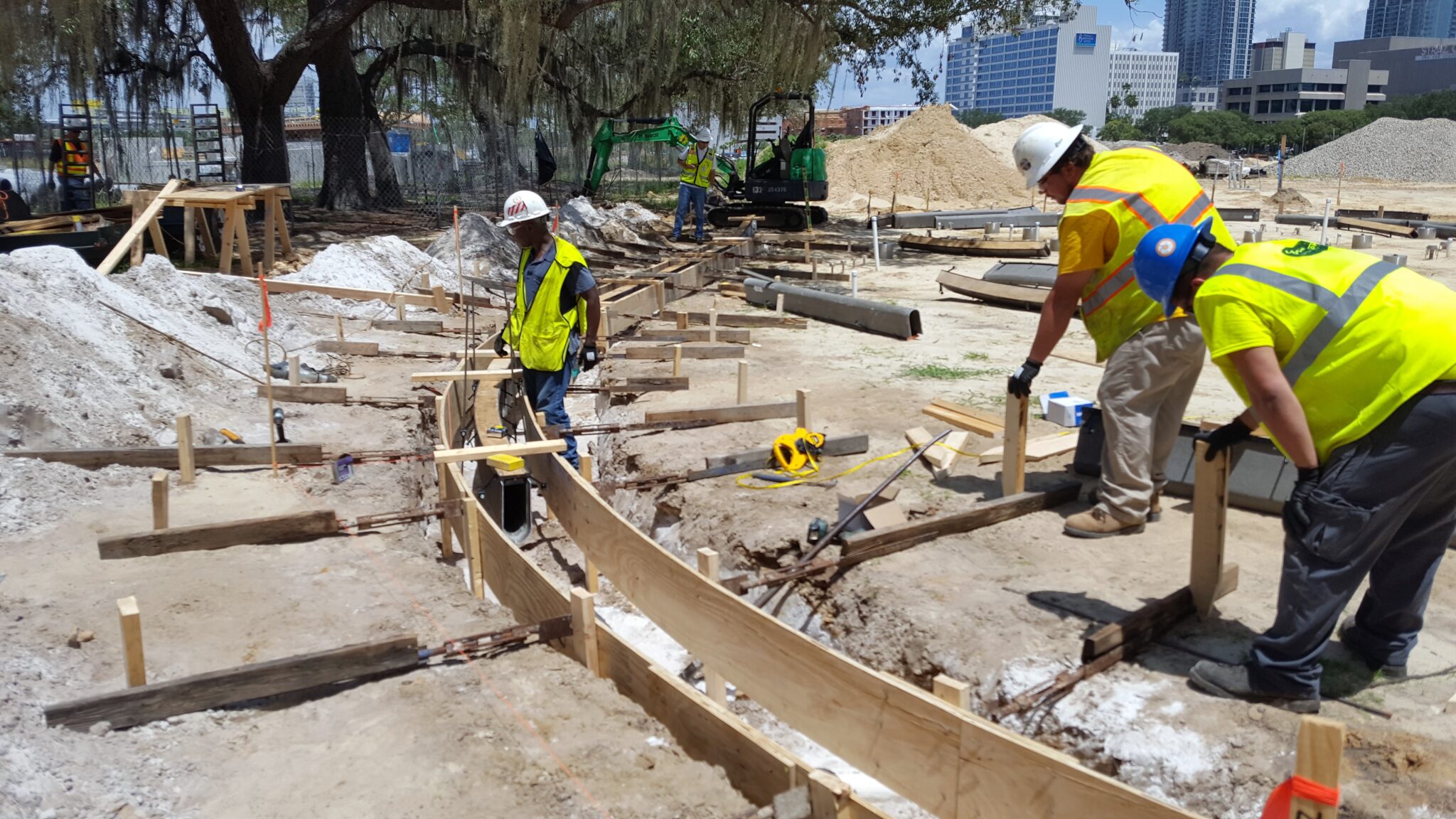
There are various ways that you can choose to replace a trench drain. In some cases, a single section of your drainage is all that needs to be replaced. However, if you have one issue, you likely have others that are about to make themselves known. You can have a plumber come to your location and use a camera to check out the health of all of your drainage lines. This can be very informative about the areas that need to be addressed.
One of the main considerations that you need to have in mind when you are looking at replacing or repairing your trench drain system, is whether or not the existing system is or was the right kind of system for your needs. Chemical runoff or caustic runoff can damage drains that are not made of the right materials and wheeled traffic can cause a heavy load to be placed on your trench drain system.
If you are going to replace your trench drain setup, you need to be sure that you are thinking about the challenges that might have caused your existing drainage to fail. You might want to upgrade or improve your drainage after a failure to prevent a repeat of the experience in the near future.
Improving or changing the trench drain grates can also be important to your overall replacement project. The gratings that are placed on your trench drains have a big impact on the volume of water that they can manage, and also the strength of the trench drain itself.
Replacing your trench drains is best accomplished with a skilled installation team, and you will also need to make sure that you have the right contractors working on the job. Calculations like the max expected water flow and the size of the drains to match this figure are also key factors in making sure that you are not installing drains that will be inappropriate for your needs.
Replacing Trench Drains Can be Essential to Your Property or Building’s Well-Being
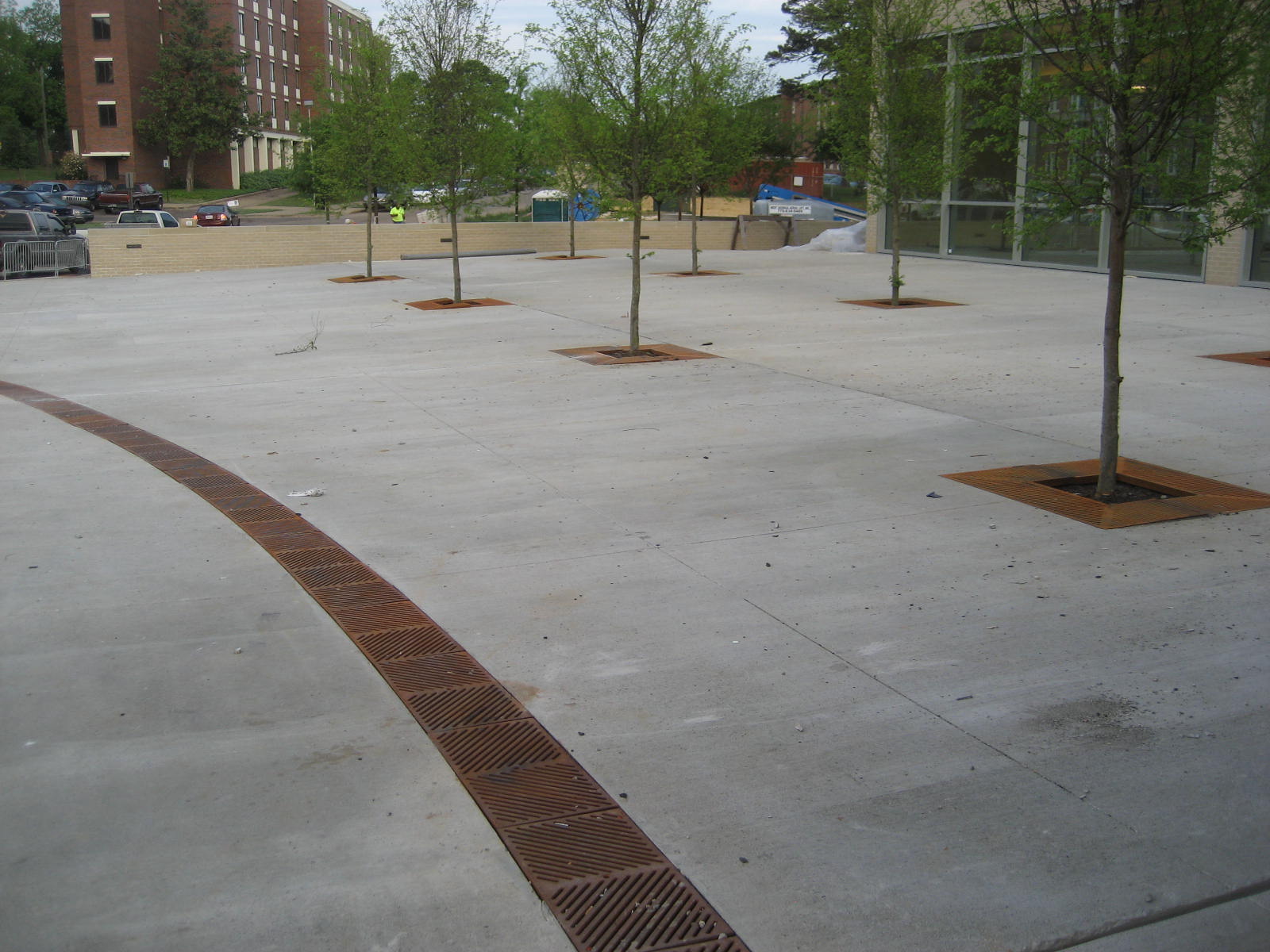
Having the right trench drains and drain gratings in place can have a big impact on the overall well-being and safety of your property and its buildings. Whether you are looking for drainage replacement in a yard or at a manufacturing location, you need to make sure that you are selecting the right drainage solutions for your specific situation. There are many kinds of trench drains on the market and many materials from which the components can be made. Picking the right options can help ensure that your drainage system holds up perfectly.
Dura Trench can help you get access to the right drainage system products and solutions to help you install drainage solutions that work perfectly for years into the future. Our team is always happy to help you figure out which kinds of drainage solutions are right for your needs, and we can also connect you with installers in your area. There are so many factors that can go into the determination of the correct drainage system for each location, and we have years of experience to help you make the right selections.



